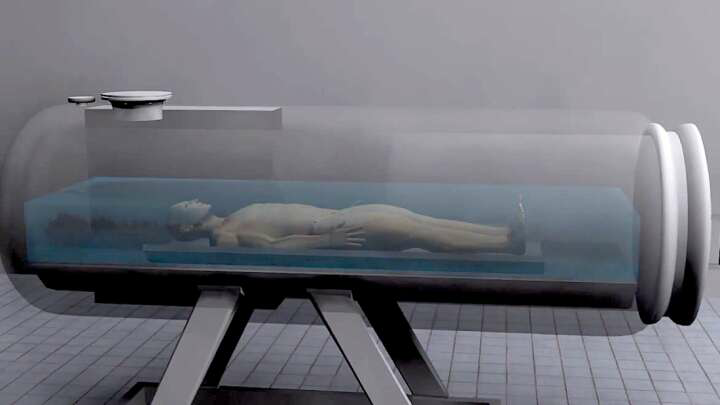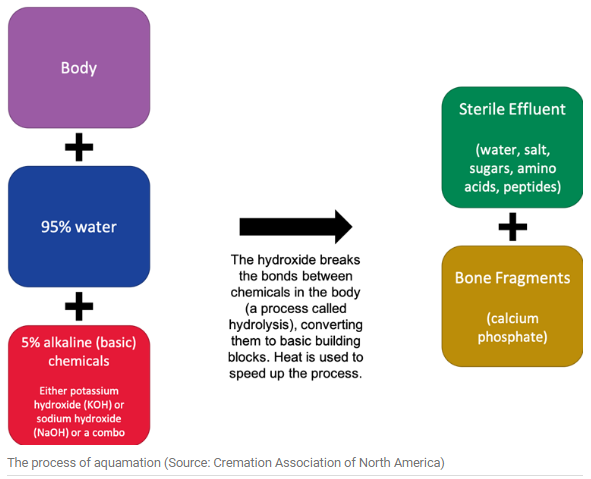Free Courses Sale ends Soon, Get It Now


Free Courses Sale ends Soon, Get It Now



Disclaimer: Copyright infringement not intended.
Context
What is aquamation?

How long has alkaline hydrolysis been in use?
Significance
© 2024 iasgyan. All right reserved